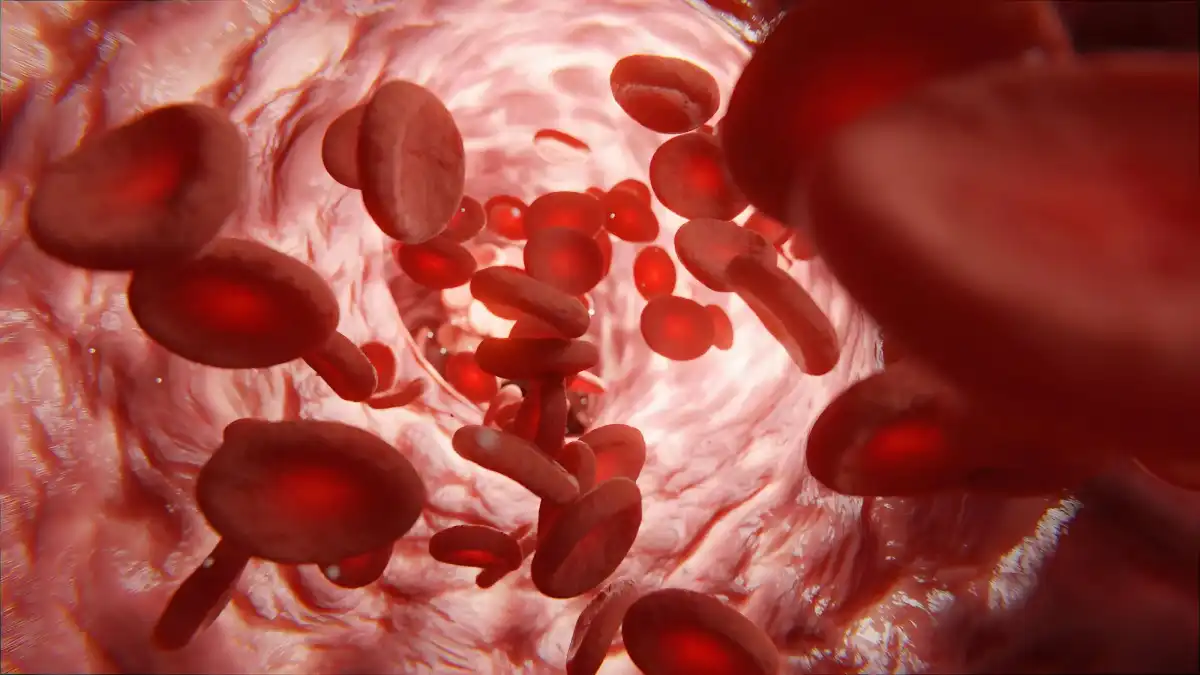Fanconi Anemia Type C


What is Fanconi Anemia Type C?
Fanconi anemia type C is an inherited disorder in which the body cannot properly produce a protein that protects DNA from damage. This defective protein results in an impaired ability of bone marrow to produce all types of blood cells. Without a sufficient number of red blood cells, the body does not receive enough oxygen, which can lead to abnormal bones and organs as well as developmental delay. A shortage of white blood cells makes the body more susceptible to infection and cancer. A reduction in blood platelets make it difficult for the blood to clot when an injury arises.
In many cases, the first symptoms of Fanconi anemia type C appear in infancy as frequent nosebleeds, a tendency to bruise, and physical abnormalities such as spotted skin or malformations of the thumbs, forearms, eyes, kidneys, gastrointestinal system, ears, or heart. Children with the disease may also show signs of hearing loss or developmental delay. However 25 to 40% of people with the condition do not have physical abnormalities. They may be first diagnosed in childhood with abnormally low levels of red blood cells, white blood cells, or platelets. Although their bone marrow may appear normal at first, it deteriorates progressively. Most people with the disease are diagnosed by age 12.
Because Fanconi anemia type C prevents cells from repairing themselves when the DNA is damaged, people with the condition are at higher than average risk of cancer. Occasionally, the initial signs of leukemia appear in childhood as the first symptom of the disease. Other cancers may also appear at an unusually early age, particularly tumors of the head and neck, esophagus, cervix, vulva, or liver. These cancers commonly develop in the early 20s.
Certain mutations are associated with more or less severe courses of Fanconi anemia type C. For example, one particular mutation is associated with less severe symptoms in people of Japanese ancestry.
How Common is Fanconi Anemia Type C?
Fanconi anemia type C affects approximately 1 in 100,000 people. Fanconi anemia is most common in people of Ashkenazi Jewish descent, where 1 in 90 are carriers and 1 in 32,000 have the disease.
How is Fanconi Anemia Type C Treated?
There is currently no cure for Fanconi anemia type C. Treatment consists of watching for symptoms and treating them as they appear.
About half of all people with the condition can improve their blood cell counts with medication. Over a period of years, however, people often develop resistance to the medication. Treatment with medication may also decrease the effectiveness of a later bone marrow transplant.
Bone marrow transplantation can cure the leukemia associated with Fanconi anemia type C. However people with the condition are extremely sensitive to the chemotherapy and the radiation treatment necessary to prepare for transplantation, so they may not be good candidates for this surgery. A bone marrow transplant does not prevent solid tumors elsewhere in the body, which must be treated with chemotherapy and radiation.
People with Fanconi anemia type C must undergo regular blood cell counts, bone marrow biopsies, liver scans, and gynecological, dental, and rectal exams to detect early-stage cancers so they can be removed as soon as possible.
About half of all people with the condition can improve their blood cell counts with medication. Over a period of years, however, people often develop resistance to the medication. Treatment with medication may also decrease the effectiveness of a later bone marrow transplant.
Bone marrow transplantation can cure the leukemia associated with Fanconi anemia type C. However people with the condition are extremely sensitive to the chemotherapy and the radiation treatment necessary to prepare for transplantation, so they may not be good candidates for this surgery. A bone marrow transplant does not prevent solid tumors elsewhere in the body, which must be treated with chemotherapy and radiation.
People with Fanconi anemia type C must undergo regular blood cell counts, bone marrow biopsies, liver scans, and gynecological, dental, and rectal exams to detect early-stage cancers so they can be removed as soon as possible.
What is the prognosis for a person with Fanconi Anemia Type C?
Most people with Fanconi anemia type C die before the age of 30. A bone marrow transplant can extend lifespan.
Resources
- Chicago Center for Jewish Genetic Disorders
An organization dedicated to education, screening, and advocacy about genetic diseases that are especially common in the Jewish community.Ben Gurion Way
30 South Wells St.
Chicago, IL 60606
Phone: (312) 357-4718
jewishgeneticsctr@juf.org
- Fanconi Anemia Research Fund
A non-profit organization that supports research into treatments and a cure for Fanconi anemia.1801 Willamette St., Suite 200
Medford, OR 97401
Phone: (541) 687-4658
Secondary Phone: (888) 326-2664
info@fanconi.org
- Jewish Genetic Disease Consortium
A consortium of non-profit organizations that raises awareness of genetic conditions common among Ashkenazi Jews.450 West End Ave.
New York, NY 10024
Phone: (866) 370-4363
info@jewishgeneticdiseases.org
Other Names for Fanconi Anemia Type C
- Complementation Group C Fanconi Anemia
- FANCC
- FANCC-Related Fanconi Anemia
- Fanconi Pancytopenia Type 3
- Fanconi Anemia Type C
- Fanconi Anemia
Take action now to assess your risk for Fanconi anemia type C and your risk for passing it to your children. To get started with a JScreen genetic test, click here.
Source: Counsyl.
